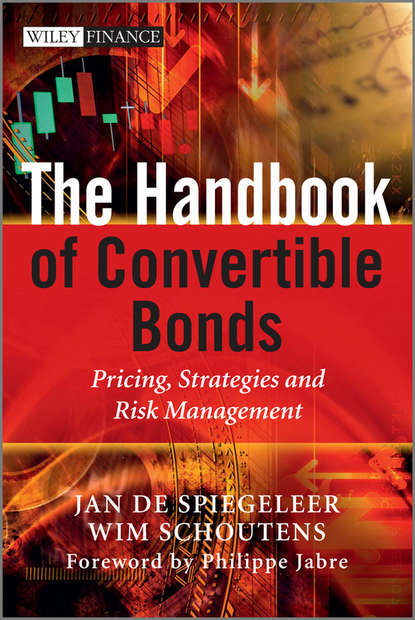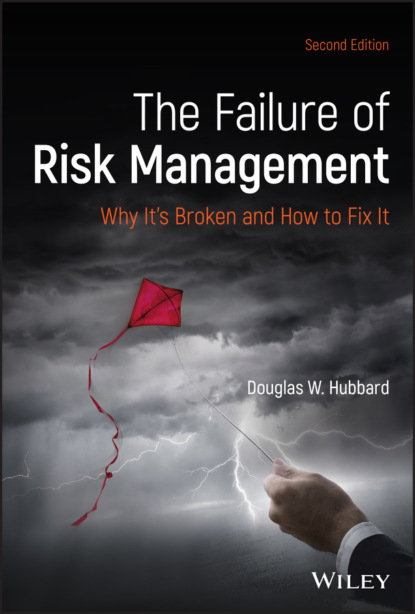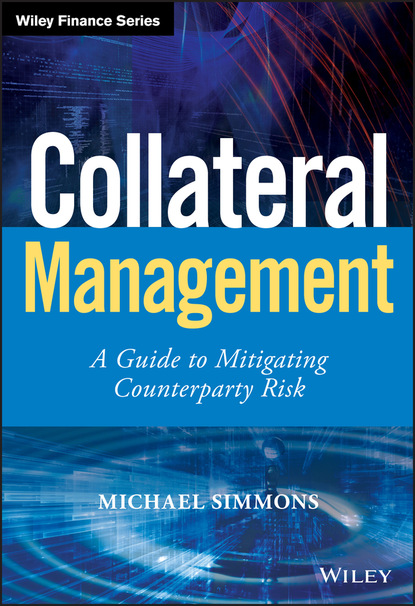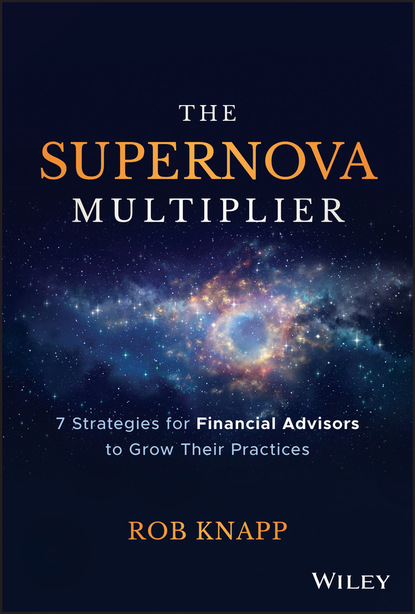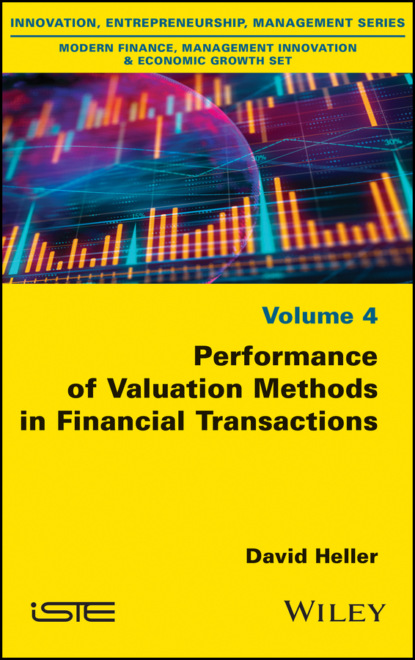"The Handbook of Convertible Bonds" - это полное руководство по оценке и управлению рисками портфелей конвертируемых облигаций. Конвертируемые облигации могут быть сложными, потому что они имеют как черты акций, так и черты долговых инструментов, и новички на рынке часто обнаруживают, что у них нет знания математики фиксированного дохода или деривативов на акции, и не знают, как объединить кредит и акции в свои существующие инструменты оценки. Часть I книги охватывает влияние кредитного кризиса 2008 года на рынки, затем показывает, как построить конвертируемую облигацию и знакомит читателя с традиционной конвертируемой лексикой: доходностью к погашению, премией, коэффициентом конверсии, дельтой, гаммой, вегой и паритетом. Также подробно описывается рынок заемных и депозитных акций. С помощью интуитивного подхода, основанного на неравенстве Дженсена, авторы также показывают преимущества использования гибрида для добавления стоимости. Часть II показывает, как оценивать конвертируемые облигации, она охватывает различные параметры, используемые в моделях оценки: кредитные спреды, волатильность, процентные ставки и заемные комиссии, а также срок погашения. Часть III рассматривает стратегии инвестирования для инвесторов в акции, фиксированный доход и хедж-фонды и включает динамическое хеджирование и конвертируемый арбитраж. Часть IV подробно объясняет важную часть процесса - управление рисками. Это крайне практическая книга, все продукты оцениваются на реальных примерах, и числовые примеры не ограничиваются гипотетическими конвертируемыми облигациями. Она обязательна для прочтения всем, кто хочет безопасно войти на этот высоколиквидный, высокодоходный рынок.
Электронная Книга «The Handbook of Convertible Bonds» написана автором Wim Schoutens в году.
Минимальный возраст читателя: 0
Язык: Английский
ISBN: 9780470980194
Описание книги от Wim Schoutens
This is a complete guide to the pricing and risk management of convertible bond portfolios. Convertible bonds can be complex because they have both equity and debt like features and new market entrants will usually find that they have either a knowledge of fixed income mathematics or of equity derivatives and therefore have no idea how to incorporate credit and equity together into their existing pricing tools. Part I of the book covers the impact that the 2008 credit crunch has had on the markets, it then shows how to build up a convertible bond and introduces the reader to the traditional convertible vocabulary of yield to put, premium, conversion ratio, delta, gamma, vega and parity. The market of stock borrowing and lending will also be covered in detail. Using an intuitive approach based on the Jensen inequality, the authors will also show the advantages of using a hybrid to add value – pre 2008, many investors labelled convertible bonds as 'investing with no downside', there are of course plenty of 2008 examples to prove that they were wrong. The authors then go onto give a complete explanation of the different features that can be embedded in convertible bond. Part II shows readers how to price convertibles. It covers the different parameters used in valuation models: credit spreads, volatility, interest rates and borrow fees and Maturity. Part III covers investment strategies for equity, fixed income and hedge fund investors and includes dynamic hedging and convertible arbitrage. Part IV explains the all important risk management part of the process in detail. This is a highly practical book, all products priced are real world examples and numerical examples are not limited to hypothetical convertibles. It is a must read for anyone wanting to safely get into this highly liquid, high return market.
